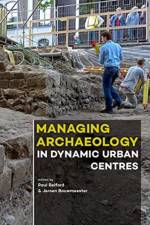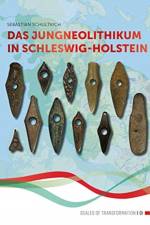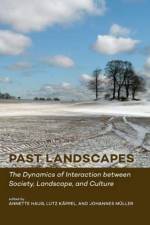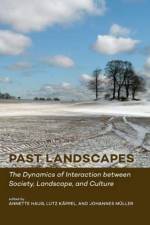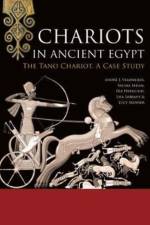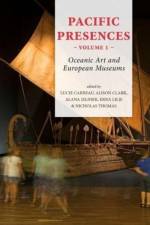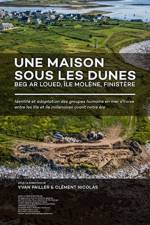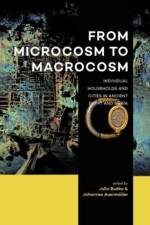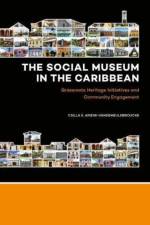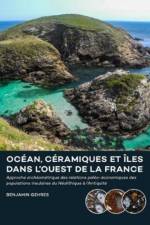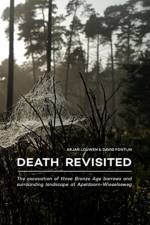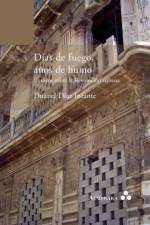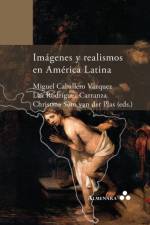- Identite et adaptation des groupes humains en mer d'Iroise entre les IIIe et IIe millenaires avant notre ere
3 339
Depuis 2001, des recherches archéologiques sont menées dans l'archipel de Molène. Ce secteur s'avère particulièrement riche en vestiges du Néolithique et de l'Age du Bronze. Une concentration exceptionnelle de monuments mégalithiques y a été mise en évidence. Plusieurs habitats sont attestés par la présence de dépotoirs domestiques. A la pointe de Beg ar Loued (île Molène), l'un de ses amas coquilliers fit l'objet d'un premier sondage en 2003 marquant le début d'une série de campagnes de fouilles. Dès la deuxième année, celle-ci prit un tournant décisif avec la reconnaissance des premiers murs en pierres sèches, correspondant à un bâtiment conservé sous la dune. Pendant près d'une décennie, ce site fit l'objet de fouilles par une équipe interdisciplinaire. Les données obtenues par l'étude de l'habitat renseignent sur la chronologie des différentes occupations du site et permettent de documenter la transition IIIe-IIe millénaire avant notre ère, fourchette chronologique encore très mal connue dans la moitié nord de la France. Outre l'apport d'une chronologie relative, l'approche architecturale donne une meilleure compréhension des choix ayant présidé aux différentes phases de construction du bâtiment occupé pendant plus de trois siècles. Les éléments de la culture matérielle (céramique, lithique, métallurgie) viennent aussi soulever le voile sur une période essentiellement connue en Bretagne à travers les monuments funéraires. Pour la première fois dans cette région, grâce à la conservation des vestiges organiques, il est permis d'esquisser l'économie (élevage, agriculture pêche, collecte des coquillages, etc.) des hommes ayant occupé les rivages de la mer d'Iroise. Leur mode de vie suggère une communauté sédentaire à économie vivrière, exploitant l'ensemble des ressources insulaires sans pour autant être coupée du continent (style céramique, métallurgie). Afin de mieux comprendre l'évolution globale de cet environnement insulaire, de nouvelles recherches ont été menées sur les variations du niveau marin corrélées à l'étude du paysage végétal, de la géomorphologie, de la géologie et de la faune.

